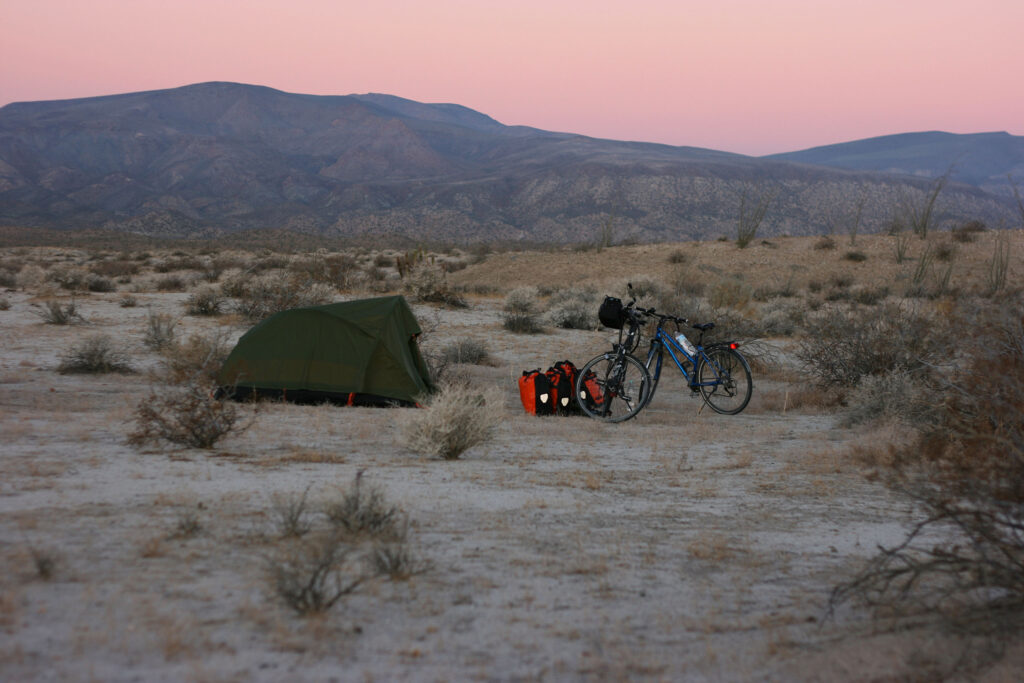LEO Satellites In Action: Internet on the Go
Low Earth orbit (LEO) satellites provide fast, affordable broadband access — anywhere. This includes places and applications where high-speed internet has previously been spotty, unreliable or unavailable.
LEO satellites will dramatically improve connectivity while traveling in the air, on the seas or in remote areas where other broadband technologies do not reach. Travelers, adventurers and professionals who operate in remote regions will be able to stay connected wherever their journeys take them.
Connected However You Travel: Cars, Trains, Airplanes, Ships
- Airplane passengers and ocean travelers have previously had to rely on on geostationary Earth orbit (GEO) satellites for internet access — a smaller number of larger satellites that orbit farther from Earth — or air-to-ground antennas connecting to dated 3G cellular networks.
- LEO satellite connectivity constellations contain larger numbers of smaller satellites that orbit closer to Earth, providing significantly faster connection speeds and an improved user experience. A reporter from The Wall Street Journal recently said that in-flight WiFi utilizing LEO broadband “felt like my home office internet.”
Connected Wherever You Explore: Hiking, Road Trips, RVs, Campers
- LEO satellites provide an unprecedented, continuous high-speed option for travelers, explorers, outdoor enthusiasts, RVers and first responders in remote or wilderness areas. One technology reviewer described the connectivity of a backpack-sized LEO broadband antenna as “an absolute game-changer for anyone who wants to stay fully connected in areas too remote for broadband providers to care about.”
- LEO satellites are also making the world of travel safer by keeping people connectected to GPS and emergency services. The device manufacturer Garmin uses the Iridium LEO network to provide global connectivity for it “inReach” line of emergency communicators. There are numerous stories of the technology facilitating life-saving communication and aid during medical emergencies, hiking accidents, storms at sea, avalanches and other crises.

Case Study / LEO Satellites in Action
In the 2024 Baja 1000, an off-road bike race on the Baja California Peninsula in Mexico, Ben Hundter, a diabetic racer, raced a LEO terminal duct taped to his helmet so his mom could ride along and monitor his condition. Hundter said “I wanted to race the Baja so bad, but my mom wouldn’t let me because I have Type 1 Diabetes. She said the only way I could race it is if I was live streaming to her the whole time, so I have her on my chest right now.” He finished second in class.
